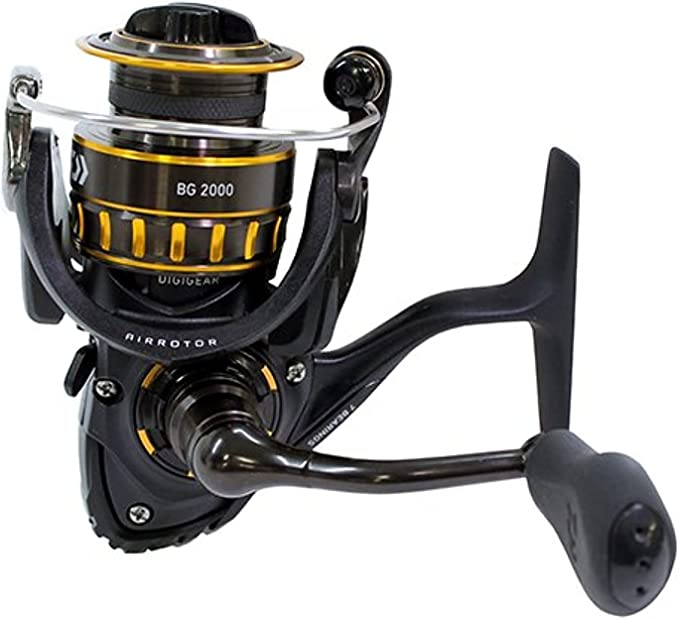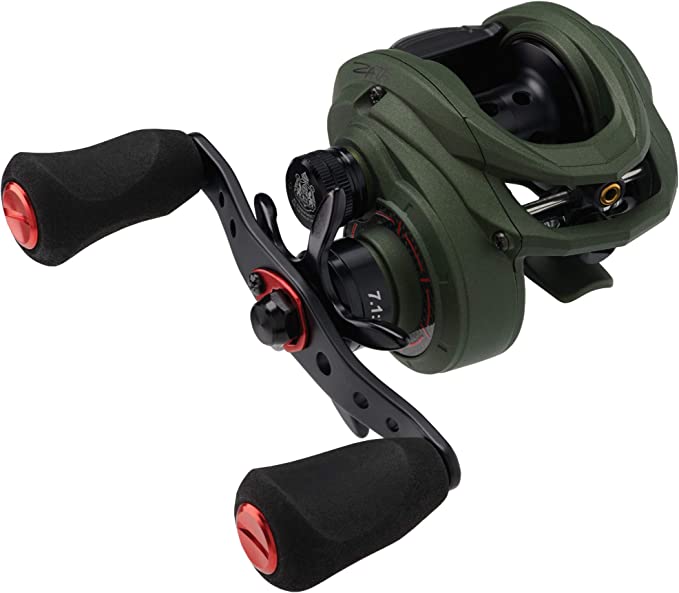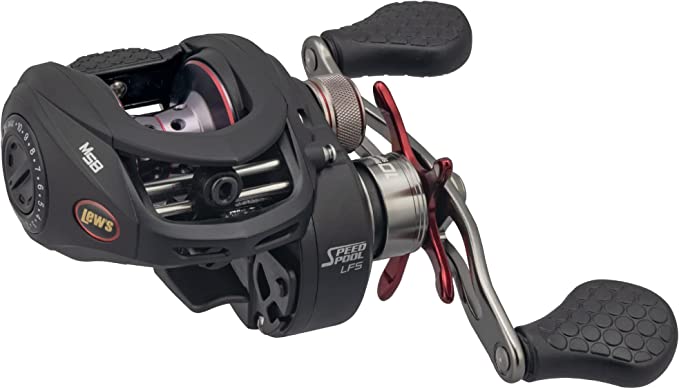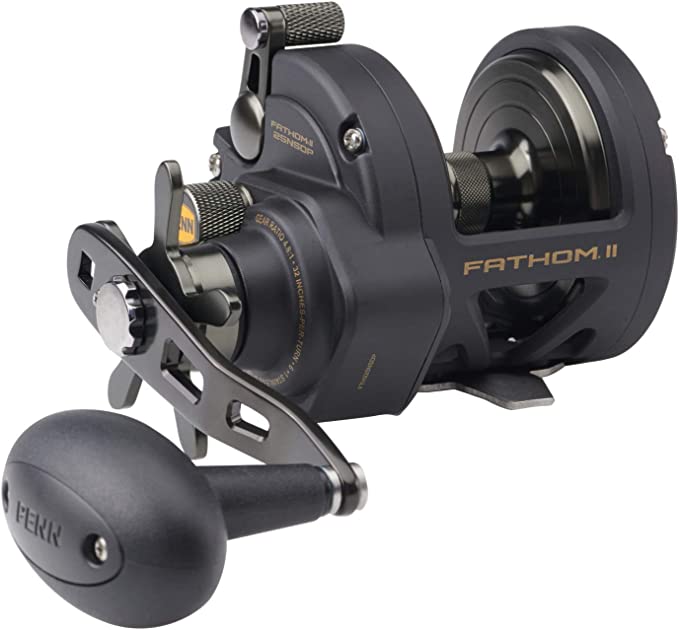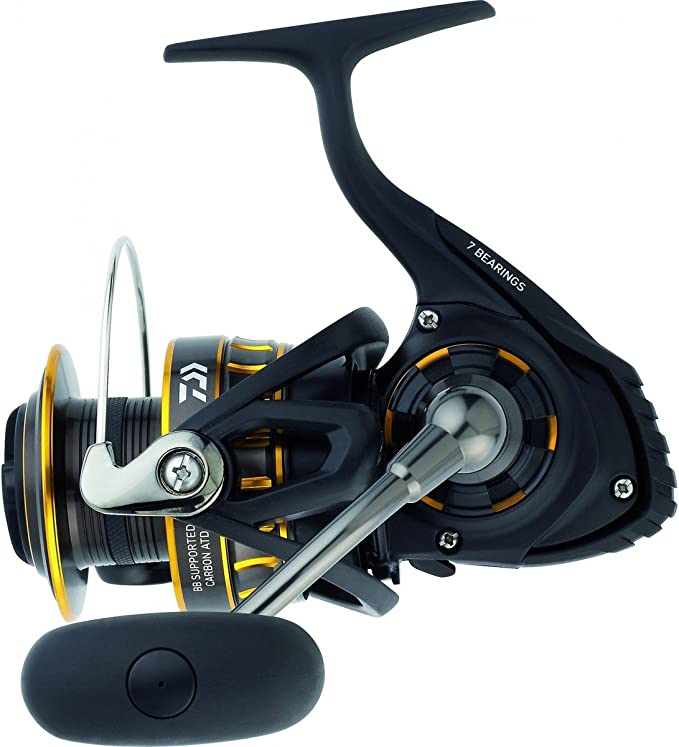The Anatomy of a Workhorse: A Deep Dive into the Daiwa BG Reel's Engineering
Update on Aug. 1, 2025, 2:50 p.m.
The salt-laced air is thick enough to taste. Below you, water crashes against weed-slicked rocks, and 30 yards out, your line cuts a sharp angle into a turbulent rip. Then, it happens. Not a nibble, but a violent, freight-train of a strike that nearly rips the rod from your hands. The reel screams—a high-pitched shriek of defiance as a powerful striped bass makes a run for the open ocean. In this moment, a dozen complex calculations flash through your mind, but they all boil down to one question: can my gear handle this?
This is the moment of truth for every saltwater angler. It’s where marketing slogans evaporate, and only engineering and material science remain. It’s why we obsess over our equipment, searching for that trusted tool that won’t buckle under pressure. For years, one reel has consistently earned its place in this high-stakes arena, not through flashy gimmicks, but through brutally effective, intelligent design: the Daiwa BG.
To truly understand the BG’s legendary status, we need to look past the spec sheet and become part engineer, part materials scientist. We’re going to dissect this workhorse, not to sell it, but to appreciate the anatomy of reliability.
The Coastal Fortress: A Lesson in Material Science
A reel’s first enemy in the salt is the environment itself. Daiwa’s answer is the “Hard Bodyz” concept, built from machined aluminum. But the true genius lies in its protective cloak: black anodizing. This is not paint. Paint is a superficial coating that can, and will, chip, peel, and blister, exposing the vulnerable metal to the corrosive power of saltwater.
Anodizing is a fundamental transformation. Through an electrochemical process, the surface of the aluminum is converted into a layer of aluminum oxide. In essence, it’s a controlled, accelerated growth of an incredibly hard, corrosion-proof barrier that is integral to the metal itself. Think of it as the difference between a knight wearing a coat of paint versus one whose armor has been forged with a hardened outer shell. This robust, flex-free frame does more than just resist rust; it provides a rigid, unyielding housing for the internal components, ensuring that under the heavy load of a fighting fish, the critical alignment of the gears remains perfect.
The Heart of the Machine: Torque and Precision in the Drivetrain
If the body is the fortress, the gearing is its powerful heart. At the center of the Daiwa BG is the Over-sized Digigear system. This is a direct application of a fundamental principle of mechanical engineering: a larger gear provides greater mechanical advantage. By increasing the diameter and thickness of the main gear, Daiwa achieves two critical goals. First, it delivers immense torque, giving you the raw cranking power needed to turn a fish’s head and pull it from heavy structure. Second, the load is distributed over a larger tooth surface area, drastically reducing wear and ensuring the gearing lasts season after season.
But size alone isn’t enough. The “Digigear” name refers to the precision of its creation. Using advanced CNC (Computer Numerical Control) machining, each gear tooth is cut to incredibly tight tolerances. This ensures the main gear and the pinion gear mesh with near-perfect alignment. This precision is what you feel when you turn the handle. The smooth, silent, and fluid rotation isn’t just a luxury; it’s the hallmark of an efficient system where energy isn’t wasted on friction or sloppy tolerances. This entire powerhouse drivetrain, supported by a system of six stainless steel ball bearings and a crucial one-way roller bearing (6+1), is connected to the angler via a Solid Screw-In Handle. This direct connection eliminates any sense of play, meaning every ounce of force from your hand is translated directly into the fight. With a versatile gear ratio of 5.7:1, the BG3500 retrieves roughly 38.5 inches of line per turn, hitting a sweet spot that’s fast enough to work lures effectively yet powerful enough for a grueling battle.
Effortless Response: The Physics of the Air Rotor
Feel and sensitivity are often overlooked metrics, but they separate a good reel from a great one. This is where the Air Rotor comes into play, a masterpiece of dynamic design. Look at its unique, arched structure; every curve and cut-out is there to reduce weight without sacrificing strength. The core principle at work here is rotational inertia.
Based on Newton’s First Law, an object at rest wants to stay at rest. The heavier an object is, the more force it takes to get it moving. By making the rotor significantly lighter than traditional designs, Daiwa dramatically reduces its rotational inertia. The real-world benefit is immediate: it takes less effort to start the retrieve. The reel feels quicker, more responsive, and more connected to the lure. You can feel subtle changes in your lure’s action or the faintest take from a cautious fish. It’s the difference between running in heavy work boots and lightweight athletic shoes—the reduction in effort leads to greater agility and less fatigue over a long day of casting.
Controlled Power: The Science of a Flawless Drag System
All the power in the world is useless if you can’t control it. A reel’s drag system is its braking system, and the BG’s Carbon ATD (Automatic Tournament Drag) is a lesson in the physics of friction. It’s rated for a formidable 17.6 pounds of maximum pressure, but the secret to its success isn’t the maximum number; it’s the smoothness with which it’s delivered.
The system uses washers made of carbon fiber, a material prized in aerospace and motorsports for its ability to handle and dissipate immense heat while maintaining a consistent friction profile. When a fish makes a blistering run, your drag washers are working overtime, and heat is their enemy. Lesser materials can glaze over and become jerky, leading to shock and broken lines. Carbon remains smooth and predictable.
The “ATD” component addresses the critical moment of the hook-up by tackling the difference between static and kinetic friction. Static friction (the force needed to start an object moving) is almost always higher than kinetic friction (the force needed to keep it moving). That initial “jerk” you sometimes feel when a drag starts is the system overcoming high static friction. The ATD system uses a special low-viscosity grease that dramatically reduces this initial stickiness. The result is a drag that engages with the fluidity of melting butter, seamlessly transitioning from zero to your preset pressure. It’s like an anti-lock braking system (ABS) for your reel, preventing the initial lock-up that so often snaps lines and loses fish.
The Sum of Intelligent Parts
The Daiwa BG is not a reel defined by a single, revolutionary feature. It is the embodiment of a design philosophy where multiple, brilliantly executed engineering principles work in perfect harmony. The unyielding, corrosion-proof body ensures the perfect alignment of a powerful and precise gearset. That drivetrain is put into motion with effortless sensitivity by a lightweight, balanced rotor. And all of that power is perfectly tamed by a drag system that is as smooth as it is strong.
It is a masterclass in achieving elite performance not by simply using the most expensive materials, but by using the right materials in the most intelligent way. To understand the anatomy of this workhorse is to understand that the best gear tells a story of science and purpose. And for an angler, knowing the “why” behind the tool in your hands doesn’t just make you a smarter consumer; it gives you unshakeable confidence in that critical moment of truth.
